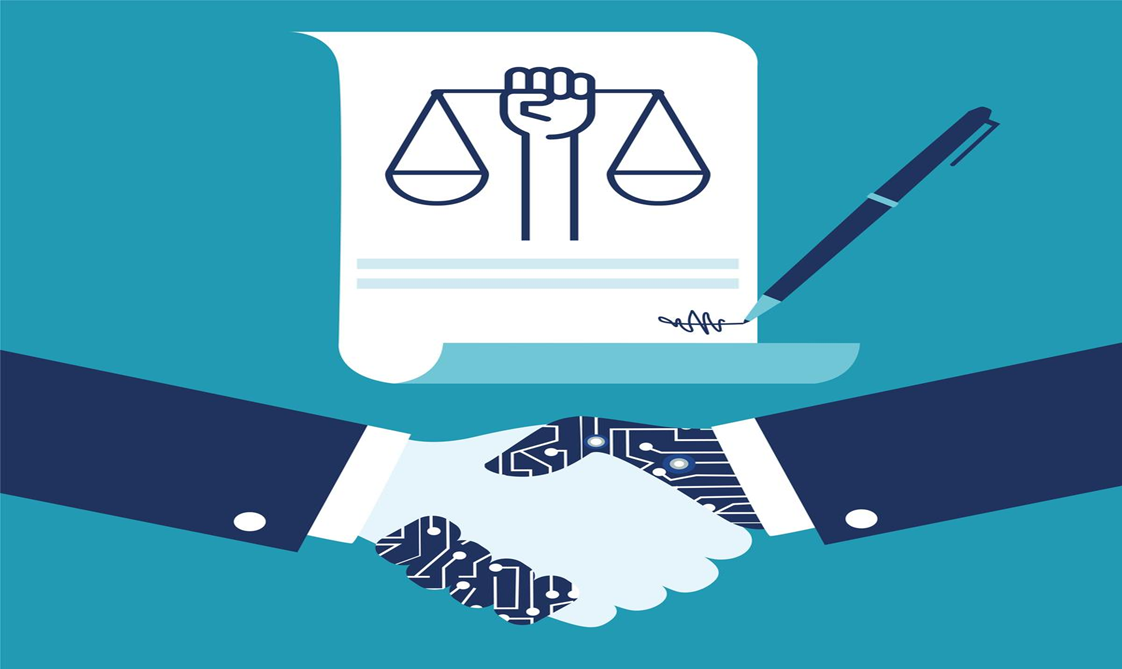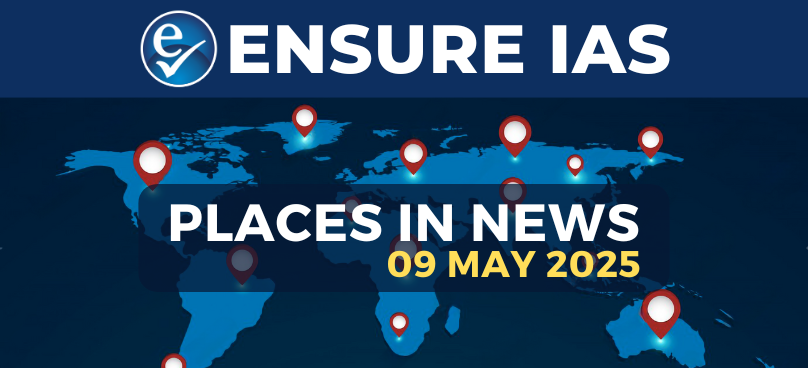- Courses
- GS Full Course 1 Year
- GS Full Course 2 Year
- GS Full Course 3 Year
- GS Full Course Till Selection
- Online Program
- GS Recorded Course
- NCERT (Recorded 500+ Hours)
- Polity Recorded Course
- Geography Recorded Course
- Economy Recorded Course
- AMAC Recorded Course
- Modern India, Post Independence & World History
- Environment Recoded Course
- Governance Recoded Course
- Science & Tech. Recoded Course
- International Relations and Internal Security Recorded Course
- Disaster Management Module Course
- Ethics Recoded Course
- Essay Recoded Course
- Current Affairs Recoded Course
- CSAT
- 5 LAYERED ARJUNA Mentorship
- Public Administration Optional
- ABOUT US
- OUR TOPPERS
- TEST SERIES
- FREE STUDY MATERIAL
- VIDEOS
- CONTACT US
How Europe’s AI convention balances innovation and human rights
How Europe’s AI convention balances innovation and human rights
09-06-2024

The Council of Europe (CoE) recently adopted the Framework Convention on Artificial Intelligence and Human Rights, Democracy, and the Rule of Law, simply known as the "AI Convention."
The Council of Europe (CoE):
- About:
- The CoE is an international political organization founded in 1949 to protect human rights, democracy, and the rule of law.
- It is the oldest intergovernmental organization in post-World War II Europe with 46 member states.
- Headquarters:
- The CoE is located in Strasbourg, France, and has close ties with the European Union.
- Members:
- It has 46 members, including Holy See, Japan, and the U.S., plus countries of the EU bloc and others.
-
CoE's Areas of Concern:
- It addresses issues of common concern, including human rights, crime prevention, drug abuse, environmental protection, bioethical issues, and migration.
Framework Convention:
- About:
- A framework convention is a legally binding treaty outlining broad commitments and objectives with mechanisms to achieve them.
- Specific targets are left to be determined by subsequent agreements.
- Protocols:
- Agreements negotiated under a framework convention are called protocols.
- The Convention on Biological Diversity is a framework convention, while the Cartagena Protocol on Biosafety addresses living modified organisms under it.
- Similarly, a future "Protocol on AI Risk" could be established under Europe's AI convention.
-
Significance of Framework Convention Approach:
- Provides flexibility while encoding core principles and processes to achieve objectives.
- Parties can decide how to meet objectives based on capacities and priorities.
AI Convention:
- About:
- This agreement is a comprehensive convention covering AI governance linked to human rights, democracy, and the responsible use of AI.
- It will be opened for signature in Vilnius, Lithuania, on September 5.
-
Aims and Definition:
- Ensures activities involving AI systems comply with human rights, democracy, and the rule of law.
- Describes an AI system as a machine-based system that uses input to generate outputs that can influence physical and virtual environments.
- The definition of AI in the convention aligns with the EU AI Act and the OECD's definition.
-
Scope of the AI Convention:
- Applies to all activities within the lifecycle of AI systems that could impact human rights, democracy, and the rule of law.
-
Public and Private Sector Responsibilities:
- The convention is applicable to AI activities conducted by public authorities and private entities acting on their behalf.
- Risks and impacts from AI activities by private entities not covered by public authorities must be addressed in alignment with the convention's objectives and purpose.
-
Exemptions for National Interests:
- Articles 3.2, 3.3, and 3.4 provide broad exemptions for national security interests, research, development and testing, and national defense.
- Military applications of AI are excluded from the convention.
-
Inclusion of Private Sector:
- The inclusion of the private sector in the convention's scope was contentious, leading to a compromise.
- Article 3(b) provides flexibility for parties to address private sector activities without completely exempting them.
-
Protection of Core Values:
- Human Rights (Article 4): The convention mandates the protection of human rights.
- Democratic Processes and Rule of Law (Article 5): Emphasizes maintaining the integrity of democratic processes and respect for the rule of law.
- Although disinformation and deep fakes are not specifically mentioned, parties are expected to take measures against them under Article 5.
-
Flexibility for Enhanced Commitments:
- Article 22 allows parties to exceed the commitments and obligations specified in the convention, encouraging further proactive measures.
AI Convention - Significance:
-
No New AI-Specific Rights:
- The AI convention does not introduce new human rights specific to AI.
- It emphasizes that existing human and fundamental rights must remain safeguarded during the application of AI systems.
-
Government Obligations:
- The convention primarily directs its obligations towards governments, which are expected to implement effective remedies (Article 14) and procedural safeguards (Article 15).
-
Protection of Core Values:
- The convention adopts a comprehensive approach to mitigating risks from AI applications regarding human rights, democracy, and the rule of law.
- This approach recognizes the dynamic nature of AI technology and the challenges it presents.
-
Balance Between Innovation and Risk:
- Despite potential challenges and debates.
In conclusion, Europe's AI Convention aims to strike a delicate balance between promoting AI innovation and safeguarding human rights, democracy, and the rule of law. By not creating new AI-specific rights, but rather emphasising the protection of existing human rights in the context of AI, the convention provides a framework for responsible AI development and deployment.


